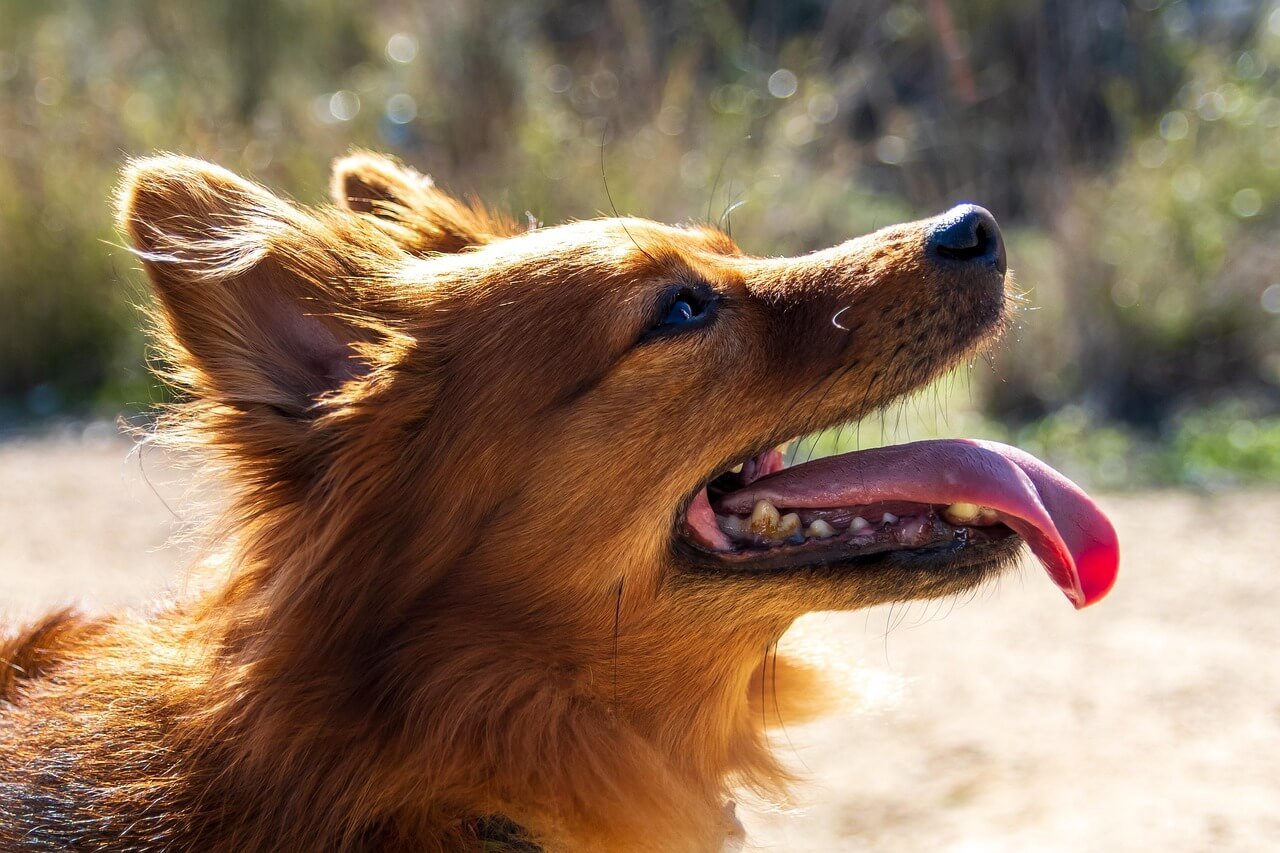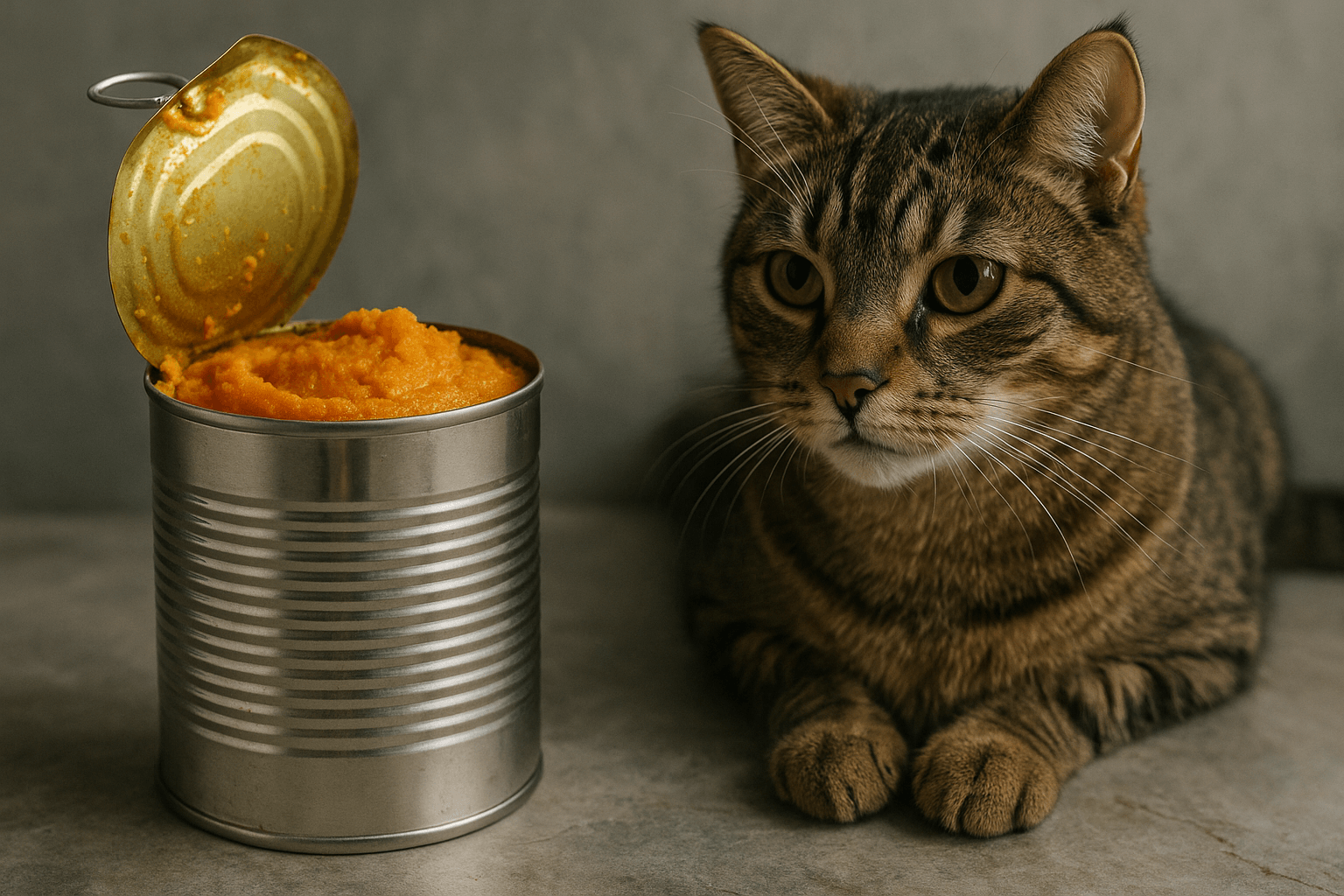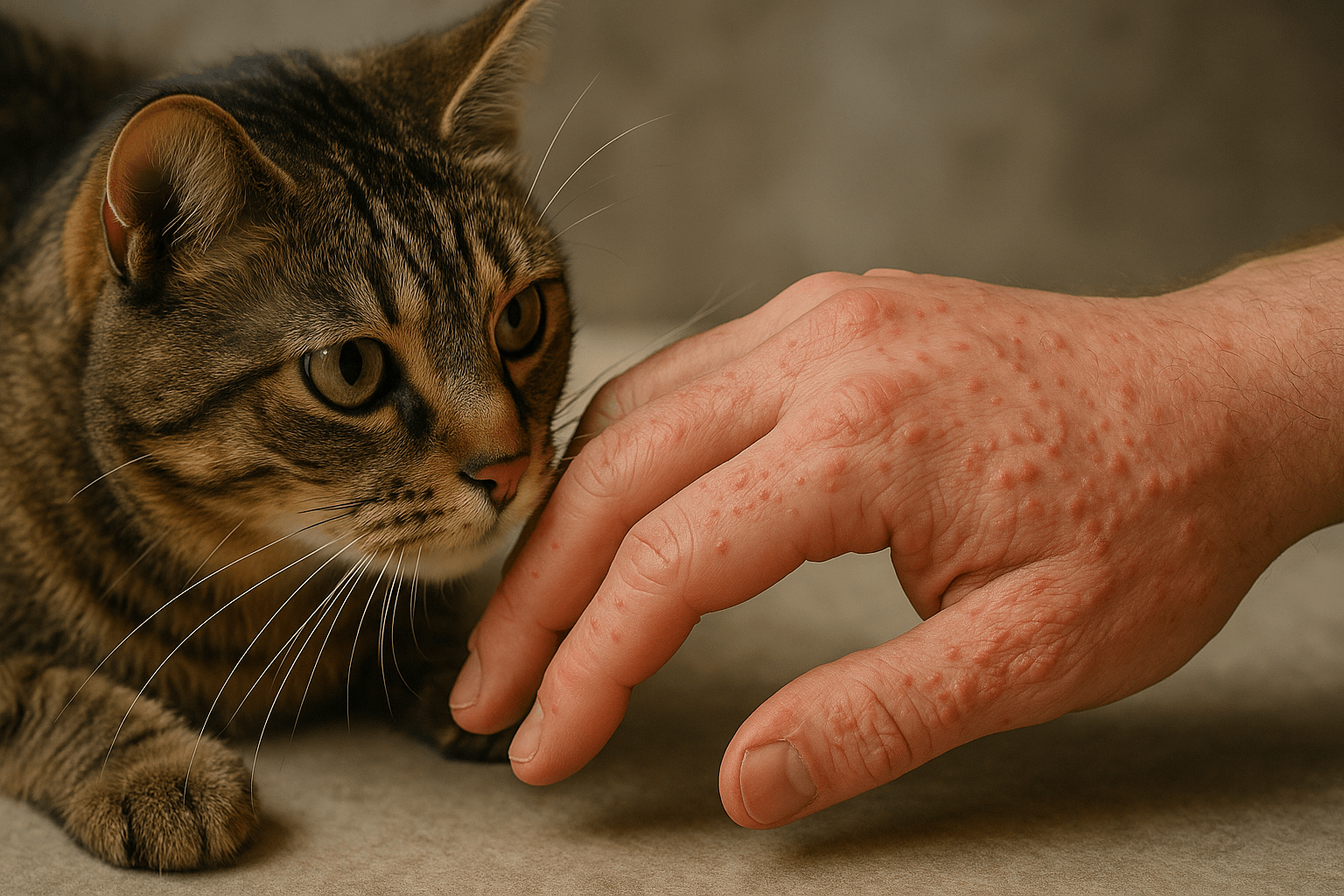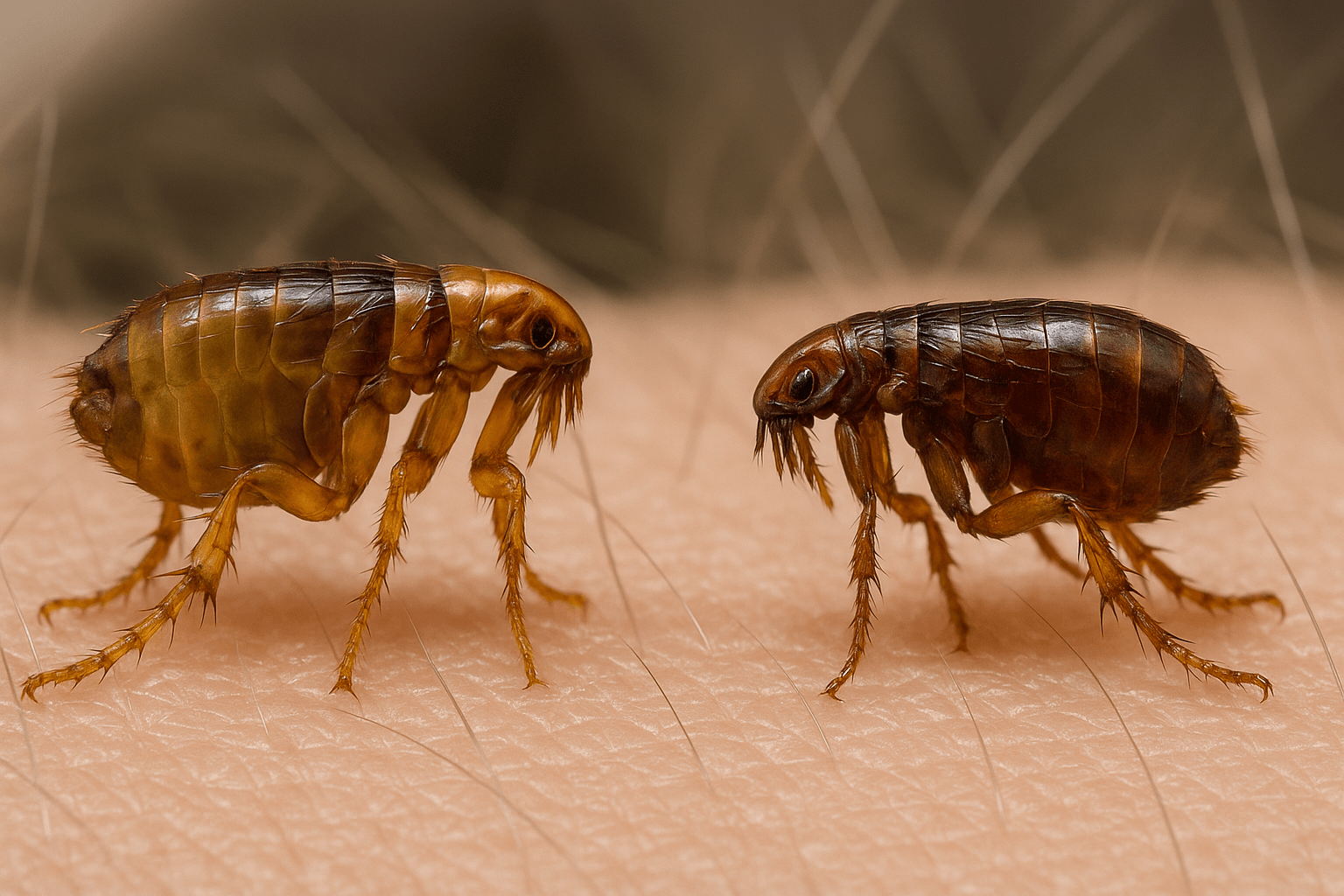Garlic for Dogs and Fleas: A Natural Approach to Pest Control
Fleas are a common nuisance for dog owners, causing discomfort and potential health issues for our furry friends. While there are many commercial flea treatments available, some pet parents are turning to natural remedies like garlic to keep fleas at bay. But is garlic safe for dogs, and how effective is it against fleas? In this blog post, we’ll explore the benefits, risks, and proper usage of garlic as a flea repellent for dogs. By the end, you’ll have a clearer understanding of whether this natural remedy is right for your pet.
The Benefits of Using Garlic for Fleas on Dogs
Garlic has long been praised for its natural pest-repellent properties, and when used correctly, it can be a helpful tool in managing fleas on dogs. Here’s how garlic can benefit your pet in the fight against these pesky parasites.
Natural Repellent:
Garlic contains compounds that can make your dog’s blood less appealing to fleas, discouraging them from feeding.Boosts Immune System:
Garlic is rich in antioxidants and has immune-boosting properties, which can help your dog stay healthier overall.Anti-Inflammatory Effects:
The anti-inflammatory properties of garlic may reduce skin irritation caused by flea bites.Cost-Effective Solution:
Garlic is an affordable option compared to many commercial flea treatments, making it accessible for pet owners on a budget.Easy to Incorporate:
Garlic can be easily added to your dog’s food in small, safe amounts, making it a convenient remedy.
While garlic offers several potential benefits, it’s important to use it responsibly to avoid any adverse effects. Always consult your veterinarian before introducing garlic into your dog’s diet.
How to Safely Use Garlic for Flea Control in Dogs
Using garlic to repel fleas requires careful attention to dosage and preparation to ensure your dog’s safety. Here’s a step-by-step guide to using garlic effectively and safely.
Consult Your Vet First:
Before adding garlic to your dog’s diet, seek professional advice to confirm it’s safe for your pet’s specific health needs.Use Fresh or Powdered Garlic:
Fresh garlic or garlic powder is preferred over processed forms, as they retain more of the beneficial compounds.Start with Small Amounts:
Begin with a minimal dose, such as 1/8 teaspoon per 10 pounds of body weight, and monitor your dog for any reactions.Avoid Overuse:
Garlic should only be given occasionally, not daily, to prevent potential toxicity. Limit use to a few times a week.Combine with Other Remedies:
Garlic works best as part of a broader flea control strategy, including regular grooming and cleaning your home.
By following these guidelines, you can harness the flea-repellent properties of garlic while minimizing risks to your dog’s health.
Check this guide 👉What to Do If Your Dog Ate Garlic Salt? Best 7 Tips!
Check this guide 👉How Much Garlic Can a Dog Eat? Best 7 Health Tips!
Check this guide 👉Benefits of Garlic for Dogs: Best 7 Expert Tips!
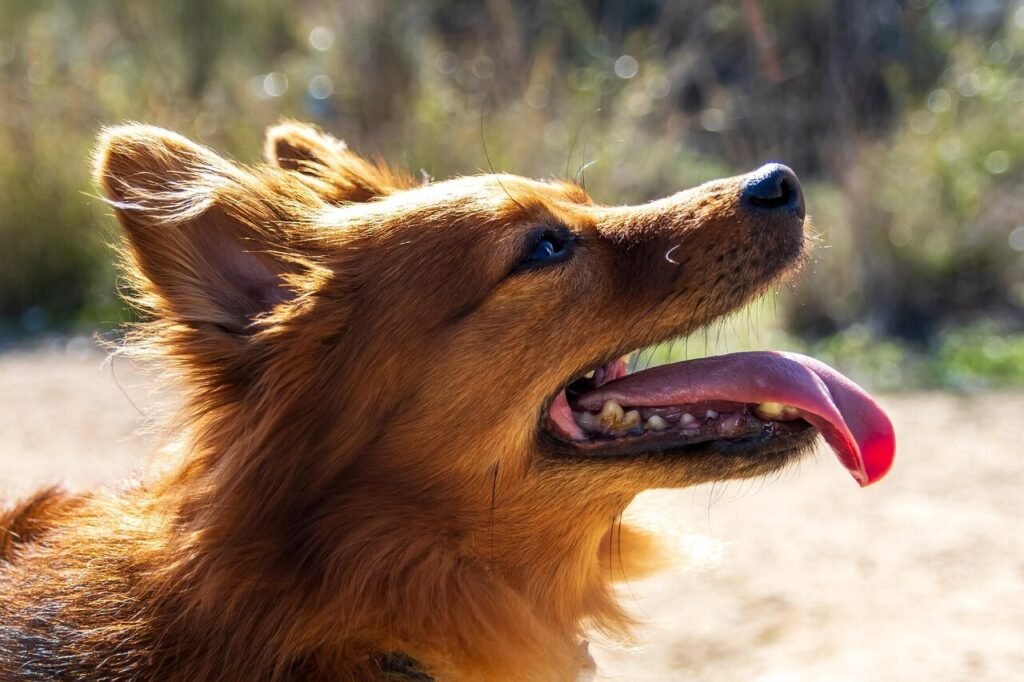
Benefits of Garlic for Fleas | Precautions When Using Garlic |
|---|---|
Natural flea deterrent | Consult your vet before use |
Boosts immune system | Avoid excessive doses |
Anti-inflammatory effects | Monitor for allergic reactions |
Cost-effective solution | Use fresh or minimally processed garlic |
Easy to incorporate into diet | Combine with other flea control methods |
Signs That Garlic May Be Helping Your Dog
When used correctly, garlic can show positive results in your dog’s flea management. Here are some signs that indicate garlic is working as intended.
Fewer Fleas on Your Dog:
You may notice a reduction in the number of fleas during grooming sessions or combing.Improved Coat Health:
Garlic’s nutrients can contribute to a shinier, healthier coat, reducing dryness and irritation.Less Scratching and Biting:
A decrease in itching and biting could mean fewer flea bites and less skin irritation.Enhanced Energy Levels:
Garlic’s immune-boosting properties might lead to increased energy and vitality in your dog.Cleaner Living Environment:
With fewer fleas on your dog, you may also notice fewer fleas in your home and bedding.
These signs suggest that garlic is contributing positively to your dog’s flea control efforts. However, if you don’t see improvements, consider alternative solutions.
Common Myths About Garlic and Fleas
There are several misconceptions about using garlic for flea control in dogs. Let’s debunk some of the most common myths to ensure you’re well-informed.
Myth: Garlic Completely Eliminates Fleas:
While garlic can deter fleas, it’s not a standalone solution and should be part of a comprehensive flea control plan.Myth: Garlic Is Safe in Any Amount:
Garlic contains thiosulfate, which can be toxic to dogs in large quantities. Moderation is key.Myth: All Dogs Can Tolerate Garlic:
Some dogs, especially those with certain health conditions, may not tolerate garlic well. Always check with your vet.Myth: Garlic Works Instantly:
It takes time for garlic to build up in your dog’s system and show effects, so patience is required.Myth: Garlic Replaces Professional Treatments:
Garlic is a supplementary remedy and should not replace vet-recommended flea treatments.
Understanding these myths helps you use garlic safely and effectively while avoiding unrealistic expectations.
Alternative Natural Flea Remedies for Dogs
If garlic isn’t suitable for your dog, there are other natural remedies you can try to manage fleas. Here are some alternatives worth considering.
Apple Cider Vinegar:
Mix with water and spray onto your dog’s coat to repel fleas naturally.Diatomaceous Earth:
A fine powder that dehydrates fleas on contact. Ensure you use food-grade versions only.Lavender Oil:
Diluted lavender oil can act as a natural flea repellent when applied to your dog’s collar or bedding.Rosemary Spray:
Boil rosemary leaves, strain, and mix with water to create a soothing flea-repellent spray.Brewer’s Yeast:
Contains compounds that make your dog’s skin less appealing to fleas.
These alternatives provide additional options for pet owners seeking natural flea control solutions.
Signs Your Dog Has Fleas
Detecting a flea infestation early can help you take swift action. Here are common signs that your dog may have fleas.
Excessive Scratching:
Persistent scratching, biting, or licking indicates your dog may be irritated by fleas.Visible Fleas or Eggs:
Check your dog’s fur, especially around the neck and tail, for tiny black specks (flea dirt) or live fleas.Hair Loss:
Flea bites can cause intense itching, leading to patchy hair loss in affected areas.Red Skin or Sores:
Flea bites often result in red, inflamed skin or even open sores from excessive scratching.Behavioral Changes:
Restlessness or agitation may signal discomfort caused by fleas.
Recognizing these signs allows you to address the issue promptly and minimize your dog’s discomfort.
Preventing Fleas in the Home Environment
Flea control isn’t just about treating your dog; it’s also about keeping your home flea-free. Here are tips to prevent fleas in your living space.
Vacuum Regularly:
Vacuum carpets, rugs, and furniture frequently to remove flea eggs and larvae.Wash Bedding Often:
Clean your dog’s bedding in hot water weekly to kill any fleas or eggs.Use Flea Traps:
Place flea traps in corners of rooms to catch adult fleas and monitor infestations.Keep Outdoor Areas Clean:
Mow your lawn regularly and remove debris where fleas may thrive.Restrict Access to Infested Areas:
Keep your dog away from places known to harbor fleas, such as wooded areas or tall grass.
By maintaining a clean and flea-resistant environment, you can reduce the risk of reinfestation and protect your dog’s health.
Frequently Asked Questions About Garlic for Dogs and Fleas
Is garlic safe for all dogs?
No, garlic should be used cautiously and only after consulting your veterinarian, especially for dogs with pre-existing health conditions.
How much garlic should I give my dog?
A general guideline is 1/8 teaspoon per 10 pounds of body weight, but dosages vary. Always follow your vet’s advice.
Can garlic cause toxicity in dogs?
Yes, excessive garlic consumption can lead to hemolytic anemia due to compounds like thiosulfate. Moderation is crucial.
Does garlic work immediately for flea control?
No, it takes time for garlic to take effect. Results may not be noticeable for a few weeks.
Can I use garlic spray on my dog?
Garlic sprays are not recommended, as they may irritate your dog’s skin or eyes. Stick to dietary use.
Final Thoughts: Garlic as a Flea Deterrent for Dogs
Garlic can be a useful addition to your dog’s flea control regimen when used responsibly and in moderation. While it offers natural benefits like deterring fleas and boosting immunity, it’s not a miracle cure and should complement other flea prevention strategies. Always prioritize your dog’s safety by consulting your veterinarian before introducing garlic into their diet. By combining natural remedies with proper grooming and environmental cleanliness, you can help keep your dog flea-free and happy.
Canned Pumpkin for Cat Diarrhea: Best 7 Expert Tips! Natural remedy to firm stools, soothe upset bellies, and support gut health safely.
Can a Cat Give You Scabies? Best 7 Expert Tips! Discover the truth about feline mites, human skin risks, and how to protect yourself—without panic.
Cat Flea vs Human Flea: Best 7 Expert Tips! Discover the truth about bites, species, and how to eliminate infestations for good.
Weird Cat Behaviors: Best 7 Expert Tips! Discover why cats do strange things—and how to understand, not punish, their instincts for a happier home.

